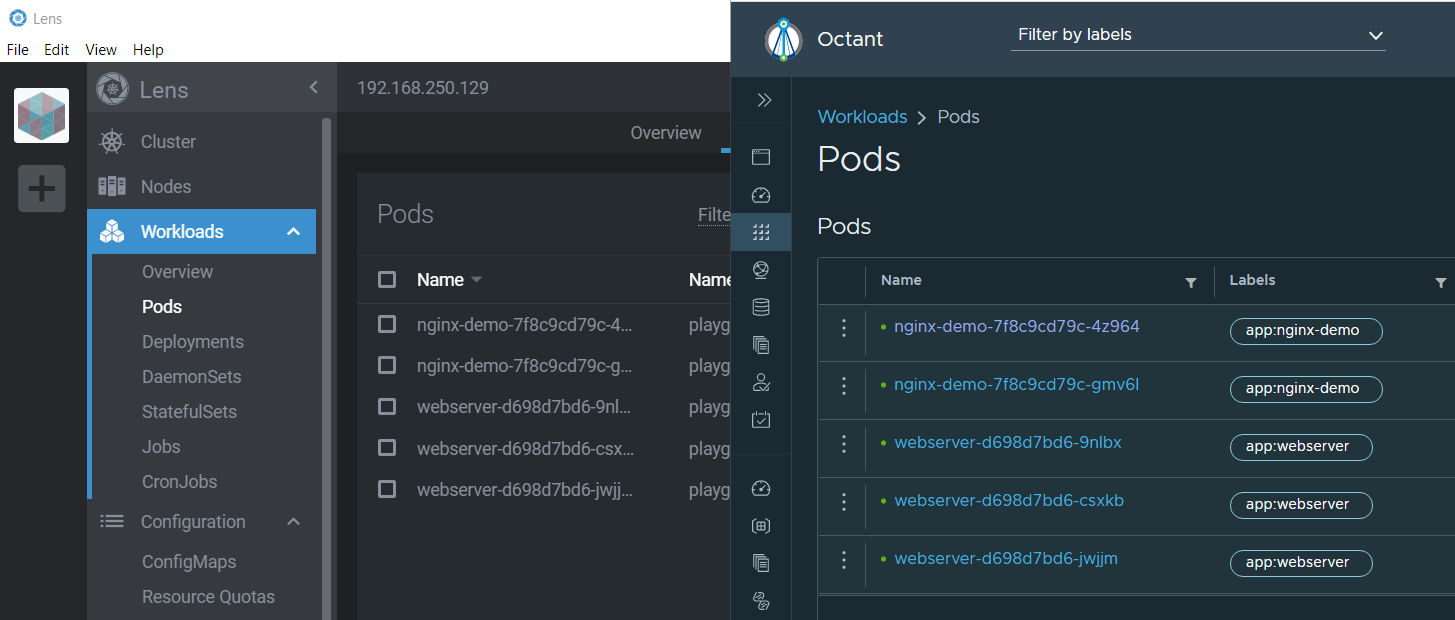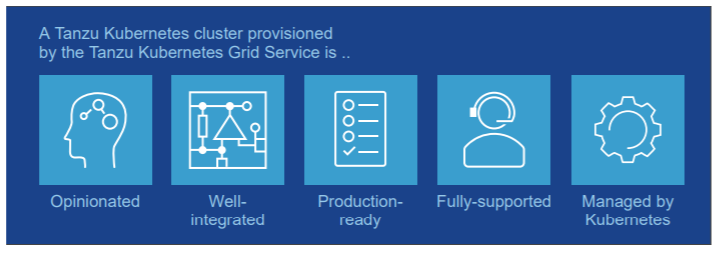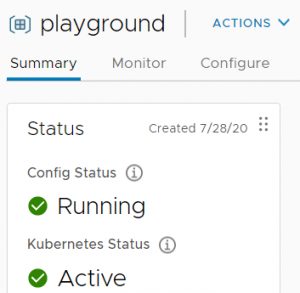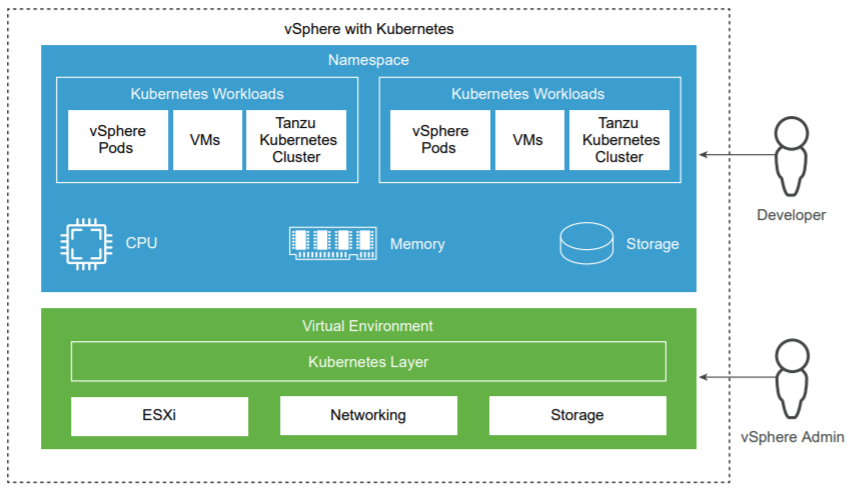During my first vSphere with Kubernetes tests, I had an issue where I was not able to activate Workload Management (Kubernetes) because it discovered multiple Tier-0 gateways. The configuration I used was vSphere 7.0 GA and an NSX-T 3.0 backed N-VDS. I had a previously configured Edge Cluster / Tier-0 Gateway for existing workloads and configured a new Edge Cluster / Tier-0 for Kubernetes.
In the Workload Management Wizard, no Cluster was compatible so I was forced to use the previously configured Tier-0 with some routing workarounds. The error message in wcpsvc.log stated "[...]has more than one tier0 gateway[...]".
Today I tried to find a solution and noticed that there was an update to the official Kubernetes Guide:

Read More »vSphere with Kubernetes Supports Multiple Tier-0 Gateways



 This is Part 2 of my "VMware vSphere with Kubernetes" Guide. In the
This is Part 2 of my "VMware vSphere with Kubernetes" Guide. In the 